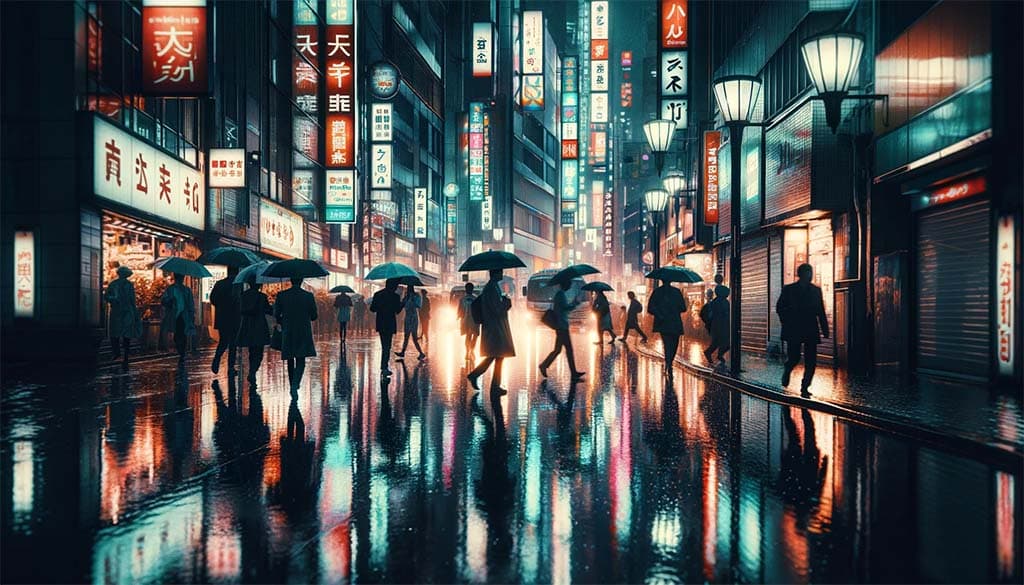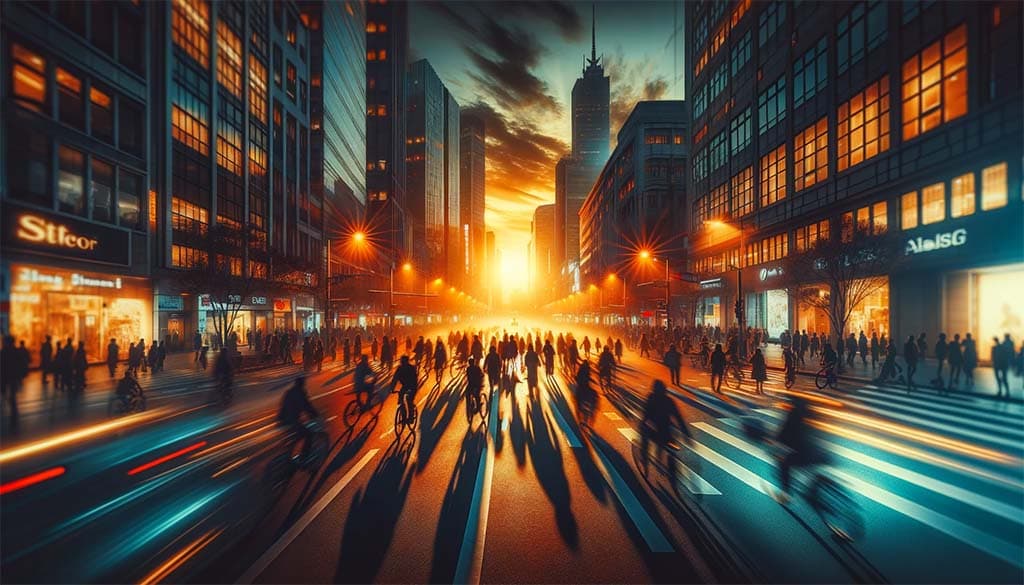
Urban exploration and street photography are entwined in a dance that navigates the raw, pulsating heart of city life. This genre of photography goes beyond mere snapshots, delving into the essence of urban environments and the stories they harbor. It’s about capturing the unscripted moments that unfold on city streets, framing the unpredictable interplay of light, shadow, architecture, and people. Street photography, in essence, is a medium through which photographers can express their curiosity about the urban landscape and its inhabitants, transforming ordinary scenes into extraordinary glimpses of city life.
The Gear Essentials for Street Photography
The choice of gear can significantly influence your agility and responsiveness in the fast-moving urban scene. A compact, discreet camera is paramount, enabling photographers to capture candid moments without drawing attention. While a high-end DSLR offers excellent image quality, mirrorless cameras and even advanced smartphones have become popular choices for their compactness and unobtrusiveness. A prime lens, known for its sharpness and fast aperture, is ideal for street photography, allowing for quick focus and a natural field of view that closely mimics human sight.
Understanding Light in the Urban Landscape
Light in urban photography is both a challenge and a tool, capable of transforming the mundane into the magnificent. The interplay of natural and artificial light within cityscapes offers a myriad of opportunities to highlight contrasts, silhouette figures, and capture the texture of urban environments. Early morning and late afternoon, when the light is soft and the shadows are long, are particularly fruitful times to explore and photograph. Understanding how to harness light is crucial in conveying the mood and atmosphere of the urban jungle.
Composition Techniques for Dynamic Urban Shots
Composition in street photography is about finding order in chaos. The urban environment, with its bustling streets, towering buildings, and busy people, provides a rich canvas for dynamic compositions. Techniques such as the rule of thirds, leading lines, and framing can help create compelling images that draw the viewer’s eye. Moreover, being open to experimentation and embracing the unpredictable nature of the streets can lead to serendipitous and impactful photographs.
Capturing the Human Element in City Life
The essence of street photography lies in its ability to capture the human condition. It’s about documenting the spectrum of emotions and interactions that city life engenders. This requires patience, empathy, and a keen sense of observation to anticipate moments that embody the human experience. Whether it’s a fleeting glance, a burst of laughter, or a solitary figure against the backdrop of the city, these are the moments that give street photography its soul.

Ethical Considerations in Street Photography
Navigating the ethical landscape of street photography is crucial. It involves respecting the privacy and dignity of subjects, understanding the legal implications of photographing people in public spaces, and considering the impact of your work. Informed consent, where possible, and a respectful approach to subjects are fundamental to ethical street photography. This respect for the individual not only ensures ethical integrity but also deepens the photographer’s connection to their subjects and the stories they tell.
Post-Processing Tips for Urban Photography
Post-processing is a powerful tool in urban photography, allowing photographers to enhance the mood, adjust contrasts, and refine the final image. Techniques such as color grading, shadow and highlight adjustment, and sharpening can add depth and intensity to urban shots. However, the key is subtlety; the aim should be to enhance the natural elements of the photo without overshadowing the authenticity of the captured moment.
Building a Narrative with Your Urban Shots
Street photography has the unique ability to weave narratives through a series of images, each telling a story of the city and its people. This narrative approach not only adds depth to your work but also engages the viewer, inviting them to piece together the story of the urban landscape and its inhabitants. A cohesive narrative can be achieved by focusing on a specific theme, location, or aspect of city life, creating a compelling visual story that resonates with viewers.
Conclusion: The Endless Adventure of Urban Photography
Urban exploration and street photography offer an endless journey of discovery, challenge, and creative expression. With each foray into the concrete jungle, photographers have the opportunity to capture the fleeting moments that define urban life, crafting images that resonate with the vibrancy and complexity of the city. As a visual diary of urban exploration, street photography not only preserves moments in time but also celebrates the rich tapestry of city life, inviting both photographer and viewer to see the world from a new perspective.
